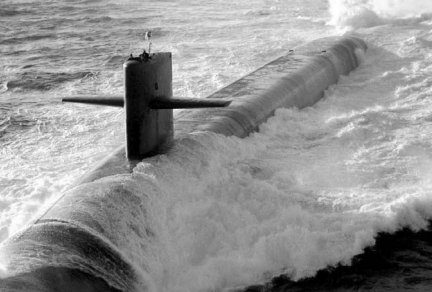
From Counterforce to Minimal Deterrence: A New Nuclear Policy on the Path Toward Eliminating Nuclear Weapons
Though the nuclear arsenal of the United States is smaller than it was during the Cold War, the day-to-day deployment of forces has changed very little. The United States still has weapons ready to launch at a moment’s notice at all times.
The reason is simple: the mission for nuclear weapons has not changed from the time of the Cold War.
Most Americans would be surprised to discover that the instructions to our nuclear targeteers still include a requirement for a surprise first strike against Russian nuclear forces to destroy them on the ground. It is time to shift the focus from reducing numbers of nuclear weapons to reducing the missions of nuclear weapons.
Satellite imagery has long served as a tool for observing on-the-ground activity worldwide, and offers especially valuable insights into the operation, development, and physical features related to nuclear technology.
This report outlines a framework relying on “Cooperative Technical Means” for effective arms control verification based on remote sensing, avoiding on-site inspections but maintaining a level of transparency that allows for immediate detection of changes in nuclear posture or a significant build-up above agreed limits.
The grant comes from the Carnegie Corporation of New York (CCNY) to investigate, alongside The British American Security Information Council (BASIC), the associated impact on nuclear stability.
Satellite imagery of RAF Lakenheath reveals new construction of a security perimeter around ten protective aircraft shelters in the designated nuclear area, the latest measure in a series of upgrades as the base prepares for the ability to store U.S. nuclear weapons.